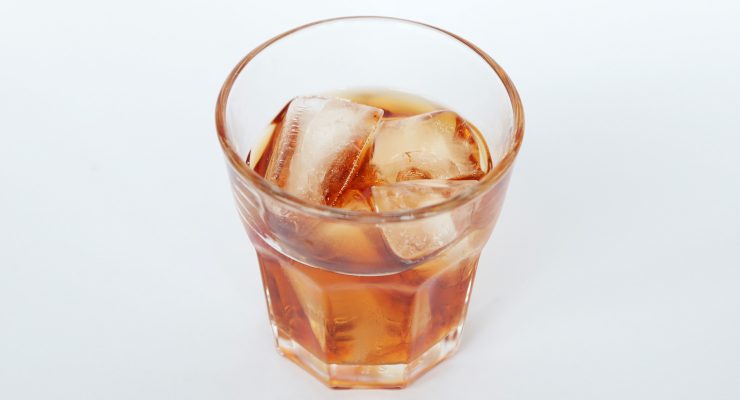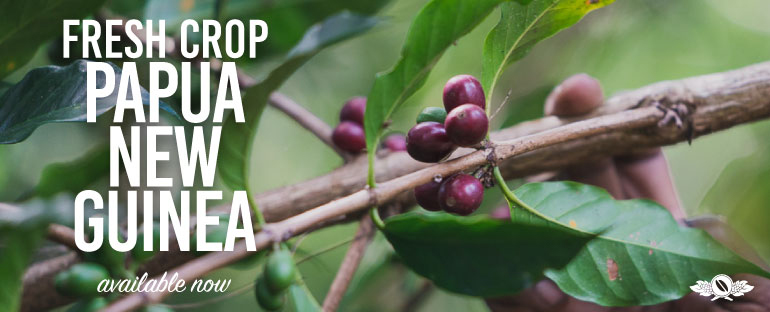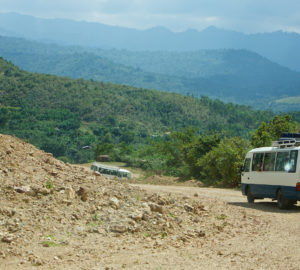From the Spanish for “peel” or “husk”, cascara is the oft-discarded outer layer of the coffee fruit—a necessary leftover of any kind of coffee processing, be it natural, washed, or honey processed. In an effort to explore the coffee plant’s wider possibilities, as well as reduce waste, finding ways to use cascara has become a recent interest for those who previously only focused on the inside of the coffee fruit.
How can Cascara be enjoyed?
To consume cascara, it is first be dried fully and carefully. Cascara is subject to the same concerns about mold and toxins that coffee beans are, but unlike coffee, cascara as typically just dried, not roasted at high heat.
The most common way to consume cascara is to prepare it as an infusion, like an herbal tea or tisane, in which the dried husks are steeped in very hot water for a period of time. This use of cascara is very old, and examples of it can be found throughout the coffee growing world, including Ethiopia, Bolivia, Somalia, and Yemen, where it’s mixed with spices (including ginger and cinnamon) and known as “qishr”.
Cascara can also be munched as dried fruit, or used as a topping in the same ways you’d employ any other dried berry. It can be infused into a sweetened syrup for use in flavoring other food or drink. Some companies market cascara as a “superfood”, replete with all of coffee’s many welcome antioxidants.
Cascara’s popularity in specialty coffee circles dates to the late 2000s. Counter Culture Coffee began selling cascara harvested by seminal Salvadoran coffee producer Aida Batlle in 2009, and it’s mentioned in Batlle’s 2011 New Yorker profile by Kelefa Sanneh. The product hit the mainstream in 2017 when Starbucks introduced the Cascara Latte, a steamed milk beverage infused with cascara syrup.
One perhaps unexpected form of cascara consumption is in the creation of spirits. New Deal Distillery of Portland, Oregon makes a bright, sweet cascara liqueur, and Good Liquorworks of New York’s Finger Lakes region produces a vodka made from discarded coffee fruit.

What does Cascara taste like?
Brewed as an infusion, cascara has been described as fruity, herbaceous, and hibiscus-y in aroma and flavor. Eaten like a dried fruit, it’s evoked raisins, apricots, and dried cranberries.
Is Cascara caffeinated?
Yes, cascara contains caffeine just like the seed of the coffee plant itself, but how much you get will depend on how you consume it. Some have measured a cup of cascara tea to be roughly a quarter of the caffeine content of a cup of brewed coffee, but this is only an approximation.
What is done with Cascara if we don’t consume it?
Proponents (typically marketers) of cascara have banged the zero-waste drum quite loudly when it comes to rescuing this coffee byproduct. However, discarded coffee cherry is still a biological product which can be composted and used to nutrify crops as fertilizer. The amount of actual waste resulting from “leftover” cascara would have to be evaluated on a farm by farm, mill by mill basis, to get a clear picture on how much genuine waste occurs if cascara is not reclaimed.
Is Cascara banned in Europe?
No! And it never *really* was. There was significant confusion back in 2017, as several news outlets (including Sprudge) reported on the impending enforcement of an obscure 1997 EU law regarding “novel foods.” For a time, it appears that sales and consumption of cascara in Europe operated in a sort of “grey area”—neither legal nor illegal. A 2021 update to the law has paved the way to the legal consumption and sale of cascara across Europe.
Is Cascara expensive?
Cascara prices vary, but Verve Coffee Roasters sells a high-quality cascara from Costa Rica’s Helsar de Zarcero mill for $15.00 for 90 grams of cascara. This mill is noted in the coffee industry for producing clean, food-grade cascara with a great reputation. Cascara these days is quite widely available, so if you haven’t tried it—give it a whirl. Or a steep. Or a munch.
Liz Clayton is the associate editor at Sprudge Media Network. Read more Liz Clayton on Sprudge.


























